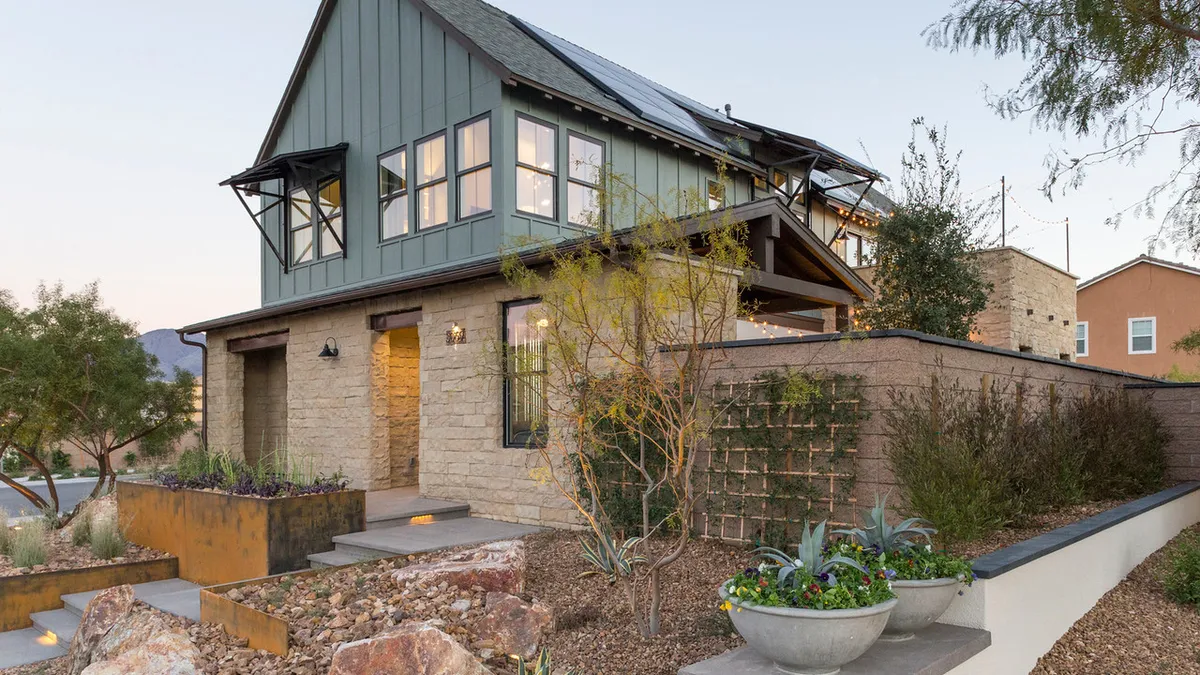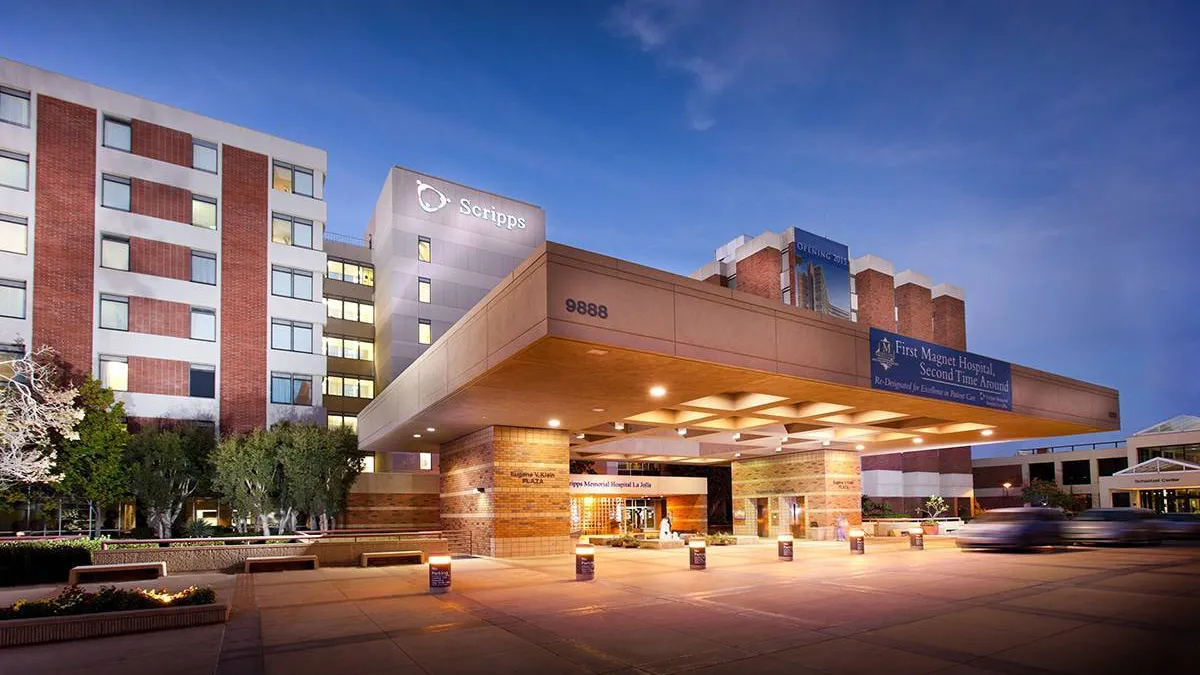The International Builders' Show kicked off Tuesday with a positive sentiment permeating the atmosphere. The Las Vegas event has gathered thousands of residential industry experts, vendors, analysts, designers and others seeking the newest trends and factors impacting business.
David Crowe, chief economist for the National Association of Home Builders, summed it best during a panel, "I think there are a number of positive indicators out there that make me believe —and provide solid evidence — that this will be a good year for the economy and for housing."
Reaching the millennials
Among all the discussion regarding homebuyer preferences, different market segments, and problems facing builders, one buzzword soared above the rest in it its ubiquity during the first day of the show: millennials.
As builders seek to reach the young cohort, they have struggled to convince young people to make the switch from renting to owning. One of the main factors still lacking in the housing recovery equation is the return of the first-time buyer.
To reach those young potential buyers, homebuilders need to "design homes with them in mind," Kevin Wilson, vice president of purchasing and national accounts for TRI Pointe Group, told Construction Dive.
Millennial buyers represent the newest and largest potential homebuying cohort, yet builders are still waiting for the day more of them move into the single-family space, rather than remaining renters. "The first-time homebuyer isn't nearly as active as is historically true," Crowe said.
Reaching that young generation requires a unique strategy, according to Wilson. Preferences common among millennials include more smart home technology, a greater use of outdoor space, and a fresh, more open design, Wilson noted. "But reaching millennials continues to be a challenge."
Responsive Homes
In an effort to reach the elusive younger generation, Pardee Homes — a member of TRI Pointe Group — in partnership with Builder magazine, designed and built two new Responsive Home concept properties to reveal during the International Builders' Show that they said represents "the ideal home for today's young home buyers."
The 2,145-square-foot "Contemporary Farmhouse" will be listed in the low $300,000s, and the 3,194-square-foot "Contemporary Transitional" will go on the market starting in the mid-$400,000s, according to Pardee Homes.
Both homes feature elements that appeal to millennials, such as adaptable floor plans, smart technology, "bold" design finishes, and indoor-outdoor "flow." They feature solar panels, LED panels, and other sustainable elements that attract younger buyers and offer them low electricity bills.
Wilson said his company will use what they learned throughout researching millennials and building the actual homes in Henderson, NV, when designing and constructing their new properties. "There were a lot of lessons learned from these houses," he told Construction Dive.
During IBS, attendees had the chance to tour the Responsive Home using an Oculus virtual reality headset. The headset allowed participants to zoom from one room to another as they looked at the different spaces in the home. This virtual reality technology opens up news doors for homebuilders seeking to show off their work to potential clients.
Strong economic indicators
During a panel with other industry economists, Crowe noted the recent high employment numbers, low mortgage rates and steady increase in housing starts throughout 2015. For this year, he predicts 1.26 million starts overall, up 13.4% from the roughly 1.1 million starts in 2015. Within that increase, Crowe expects single-family to see stronger growth this year due to the pent-up demand in the sector, while the red-hot multifamily market will start to slow down.
In terms of the most significant "headwinds" facing builders, the labor shortage is the top concern this year, according to Crowe. That obstacle is followed by lot availability, impacted by strict loan standards in the past, and the recent existing home sales numbers, which are still low and show the turnover rate has significant room to improve.
Despite all of these positive factors for the housing market in 2016, economists during the show put the current recovery into perspective. "This is the worst collapse in housing since the Great Depression. It's been a very slow climb back," Crowe said. "Right now, we have doubled single-family production since the low point. That's remarkable. And yet we're only halfway back."




















